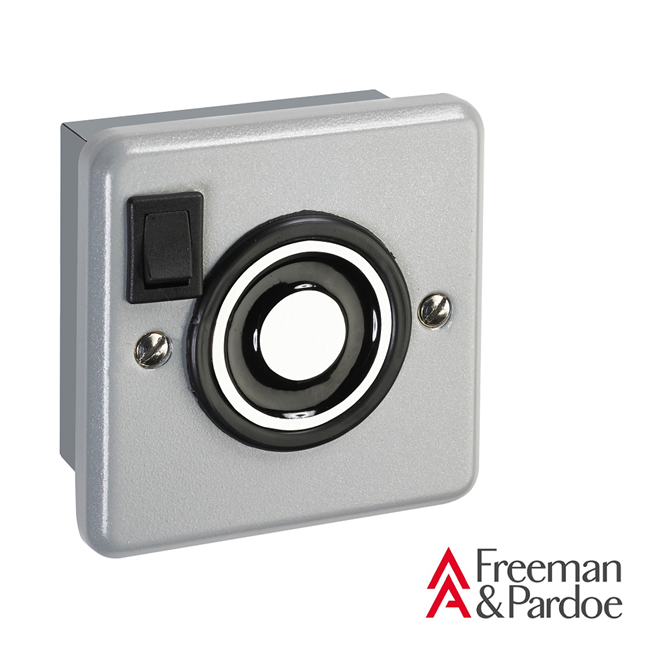Accessibility - The Importance of BS 8300 and ADM
There are hundreds of different Door Closing Devices available on the market but once you scratch the surface in terms of analysing their capabilities, is becomes apparent that not all are created equal with regards to their abilities to adhere to not only Fire Safety and Construction Laws, but also Accessibility regulations including BS 8300 and Advanced Document M.
Why is Ease of Access important?
Simply put, a well designed building should not only offer inhabitants safety with regards to Fire Protection, but it should be accessible and open to all – without restriction or the need for assistance.
In light of the Equality Act (2010) and Approved Document M (ADM, 2011), enabling access for all is now a legal duty for service providers and any person responsible for building architecture and development.
Fire Door Closers should enable a Fire Door to be accessible to all and comply with Building Regulations: BS 8300:2009 and ADM in England and Wales, Section 3 in Scotland, and Part R in Northern Ireland.
What are the Opening Fore Requirements for Door Closers?
Building Regulations state: “…a door closer must produce an opening force of below 30N between 0º and 30º degrees and below 22.5N between 30º and 60º degrees…”.
In harmony with the GAI, we recognise that whilst a door closer may be capable of meeting the opening force requirements of ADM in laboratory conditions, when it is subject to external factors such as hinges, seals, air pressure and variable fitting standards, opening forces may increase beyond the limits of compliance of BS 8300. When these factors are out of the control of the Specifier and particularly where doors are at the narrower end of the door closer's power ranges, or where the door weight exceeds 60kg, it is not advisable to guarantee the opening performance of a door closer.
In circumstances where opening forces cannot be achieved with a Mechanical Door Closer, BS 8300 recommends the inclusion of an Electromagnetic Hold Open or Swing Free Device instead. These devices allow easy passage by either removing all barriers to access (Hold Open Devices) or remove all opening resistance, allowing doors to be operated as if no door closer was fitted (Swing Free Devices).
Failure to comply with ADM can result in heavy fines or potentially criminal charges for any member of the installation process found to be specifying or installing closing devices that do not meet these regulations - meaning that it is now more important than ever for any member of the design, architecture or installation team to ensure their Fire Door Closers adhere to these regulations.
